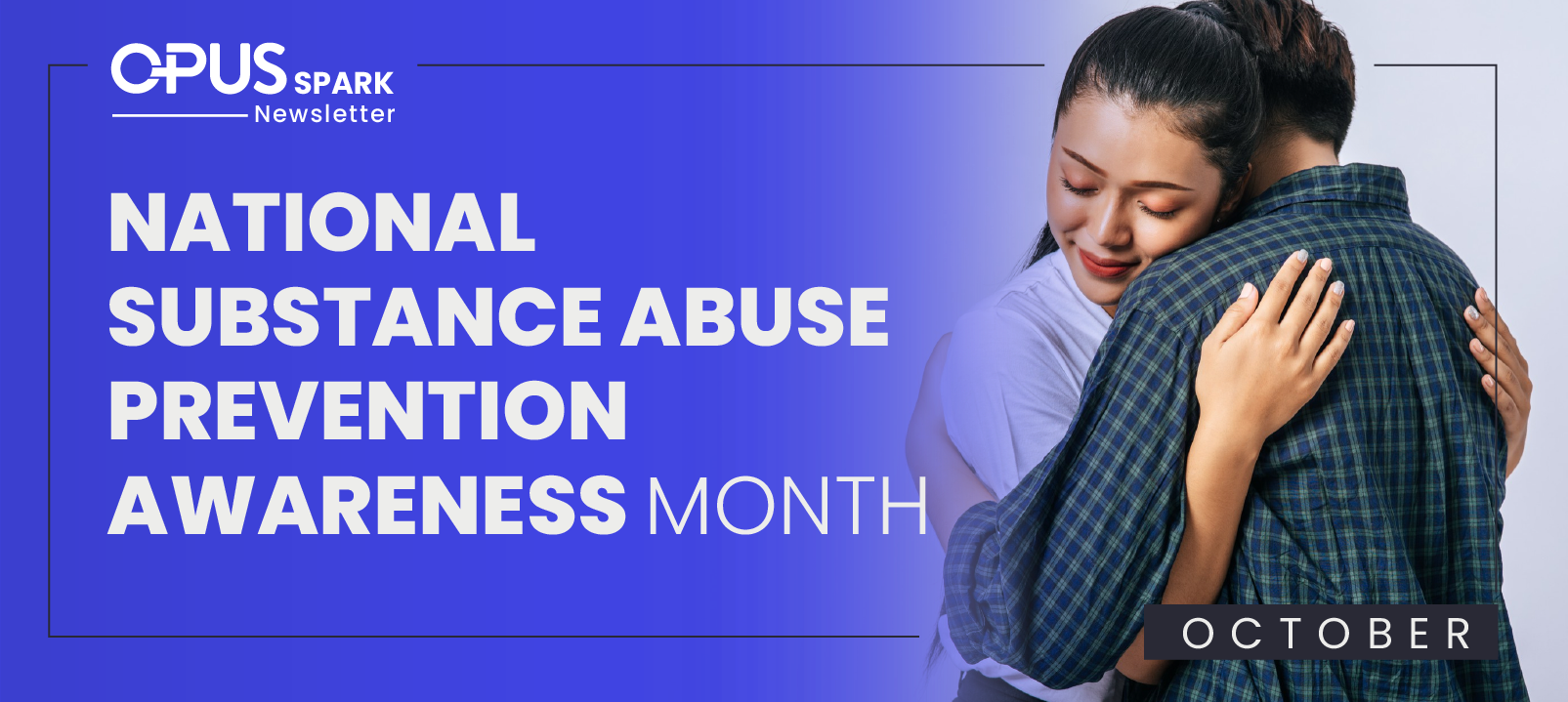National Overdose Awareness Day: Understanding, Preventing, and Responding
National Overdose Awareness Day: Understanding, Preventing, and Responding
International Overdose Awareness Day is the largest annual campaign to combat overdose-related issues and commemorate those who have lost their lives without stigma. The day also acknowledges the pain of families and friends left behind, rallying communities around the world to discuss evidence-based overdose prevention and drug policies.
Understanding Overdose
An overdose occurs when someone consumes an excessive amount of a substance or a combination of substances, pushing their body into a critical state. This awareness is crucial, as overdose constitutes one of the most pressing public health crises globally, driving action and dialogue on overdose prevention and effective drug policies.
Defining Overdose
An overdose unfolds when a person ingests more substance than their body can handle, leading to a shutdown of critical bodily functions. Overdoses can range from unintentional, like a child accidentally ingesting a parent’s medication, to intentional, where an individual consciously takes excessive amounts of a substance. The symptoms of an overdose differ based on the type of drug involved.
Depressants and Opioids
Depressants, substances that slow down vital body functions such as heart rate and breathing, can trigger overdose. This category includes barbiturates and benzodiazepines.
Opioids slow the central nervous system to induce a calming effect and are particularly dangerous. Drugs like fentanyl and heroin, when taken excessively or in combination, can cause a suppression of normal functions, ultimately leading to respiratory and heart failure.
Stimulants
Stimulant overdose, associated with drugs like amphetamines, cocaine, and methamphetamine, heightens the risk of heart attacks, strokes, seizures, and drug-induced psychotic episodes.
Causes of Overdoses
- Taking Excessive Amounts of a Drug
- Mixing Substances
- Using Lethal Injection Methods
- Substance Intake Forms
- Drug Impact on Pre-existing Health Conditions
- Lack of Knowledge about the Drug
Factors Influencing Overdose Levels
- Type of Substance
- Amount Used
- Mixing Substances
- Body Size/Weight
- Age
- Substance Abuse History
- Existing Health Conditions
Recognizing Overdose Symptoms
Overdose symptoms can vary significantly based on the substance used. Common symptoms include irregular heartbeats, paleness, lack of responsiveness, and vomiting. Being aware of these signs can help in early detection and timely response.
The Grim Reality
In the US and around the world, the overdose epidemic remains a critical concern. Overdose-related deaths escalated by 31% from 2019 to 2020, underscoring an alarming surge in preventable fatalities. To counteract this, understanding overdose, its symptoms, and how to recognize them is essential in preventing further harm and saving lives.
Response to Overdose
If you suspect someone is experiencing an overdose, seek medical assistance immediately. Overdoses are medical emergencies and can be life-threatening. The consumption of substances beyond recommended limits or the body’s tolerance threshold can result in the failure of vital body systems. Factors like substance type, quantity, method of intake, and individual characteristics influence overdose occurrences. Recognizing high-risk symptoms and seeking prompt medical help is vital.
Resources for Help
If you or someone you know needs assistance with substance abuse, there are resources available:
- Substance Abuse and Mental Health Services Administration (SAMHSA) National Helpline: 1-800-662-HELP (4357)
- Alcoholics Anonymous (A.A.): Support for individuals with alcohol problems
- Al-Anon:: Support for family members of those with drinking issues
- Narcotics Anonymous (NA): Support for those struggling with drug abuse
- SMART Recovery: Group therapy for alcohol and substance addiction
Statistics
Opioid overdoses have shown a consistent increase year after year since 2019.
As International Overdose Awareness Day unfolds, we stand united to comprehend the menace of overdose and work towards its eradication. By understanding the signs, preventing dangerous practices, and advocating for appropriate responses, we can contribute to a world free from the tragic impact of overdose.
In the United States, the overdose crisis has reached alarming proportions. According to the Centers for Disease Control and Prevention (CDC), drug overdose deaths have been on a steady rise, with a particularly sharp increase in recent years. Here are some overdose statistics specific to the USA:
- Total Drug Overdose Deaths: In the 12-month period leading up to March 2021, there were approximately 97,900 drug overdose deaths in the United States. This marked a significant increase from the previous year, highlighting the urgency of addressing the overdose crisis.
- Opioid Overdose Deaths: Opioids continue to be a major contributor to the overdose epidemic. Opioid overdose deaths accounted for more than 69,000 deaths in the 12-month period leading up to March 2021. This includes both prescription opioids and illicit opioids like heroin and fentanyl.
- Synthetic Opioids: Synthetic opioids, particularly fentanyl, have significantly increased the overdose death toll. In recent years, deaths involving synthetic opioids have surged, contributing to the overall increase in overdose fatalities.
- Stimulant Overdose Deaths: Overdose deaths involving stimulants, such as cocaine and methamphetamine, have also risen. Many individuals who use stimulants may not be aware of the potential dangers of overdose associated with these substances.
- Geographical Variation: Overdose rates vary across different regions of the United States. Some areas have been hit particularly hard by the crisis, while others are experiencing their own challenges in managing overdose-related issues.
- Racial Disparities: Overdose deaths impact different racial and ethnic groups differently. For instance, Black individuals have experienced a disproportionate increase in overdose deaths in recent years.
- COVID-19 Impact: The COVID-19 pandemic has further exacerbated the overdose crisis. Lockdowns, disruptions in treatment services, and increased stressors have contributed to the challenges individuals with substance use disorders face.
These statistics underscore the urgent need for comprehensive strategies to prevent and address drug overdoses. Effective interventions include increasing access to addiction treatment, expanding harm reduction efforts, enhancing prescription drug monitoring programs, and promoting public awareness and education about the risks of substance use.
International Overdose Awareness Day serves as a poignant reminder that the overdose crisis is a critical public health issue that requires collective action, compassion, and evidence-based approaches to save lives and support individuals on their journey to recovery.






